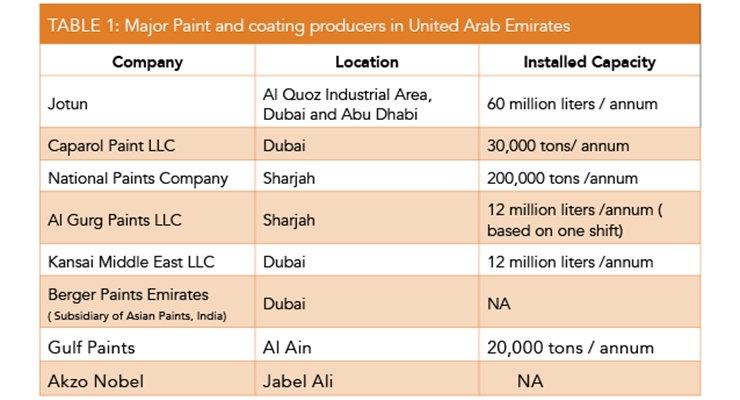The Influence Of Weather Conditions On Your Exterior Painting Project
The Influence Of Weather Conditions On Your Exterior Painting Project
Blog Article
Article Writer-Kidd Mohammad
Comprehending just how weather conditions can affect the result of an exterior painting venture is extremely important for accomplishing a perfect coating. From temperature level variations altering paint adhesion to moisture degrees impacting drying times, each element of climate plays a substantial function in the success of your job. Furthermore, wind rate and precipitation can present unexpected challenges that might compromise the top quality of the final result. As we navigate through the nuances of weather condition's impact on outside paint, it becomes apparent that thorough planning and calculated timing are important for making certain an expert and resilient outcome.
Perfect Temperature Variety for Paint
When considering outside paint projects, the excellent temperature variety plays an important function in achieving ideal results. Paint in the right temperature conditions makes certain that the paint sticks appropriately to the surface area, dries uniformly, and treatments efficiently. Typically, the advised temperature variety for exterior paint is between 50 to 85 degrees Fahrenheit.
Painting in temperature levels listed below 50 levels Fahrenheit can result in issues such as inadequate paint adhesion, extended drying times, and an increased likelihood of cracking or peeling.
On the other hand, paint in temperature levels above 85 levels Fahrenheit can create the paint to completely dry as well quickly, resulting in blistering, gurgling, and an uneven finish.
To accomplish the most effective outcomes, it is necessary to check the weather report before beginning an external painting project. Preferably, purpose to paint throughout moderate weather conditions with modest temperature levels and low moisture degrees.
Effects of Humidity on Paint Drying
Moisture degrees dramatically impact the drying process of paint put on exterior surfaces. High moisture can prolong the drying out time of paint, resulting in prospective concerns such as trickling, spotting, or perhaps the development of bubbles on the painted surface area. Excess dampness in the air decreases the dissipation of water from the paint, preventing the curing procedure. This is specifically bothersome for water-based paints, as they depend on dissipation for drying out.
On https://elliottfrcms.bloginder.com/32562624/just-how-to-identify-a-trusted-painting-service-provider-red-flags-to-expect , reduced humidity degrees can also influence paint drying. Incredibly completely dry problems may trigger the paint to dry also promptly, resulting in bad attachment and a harsh finish. In https://residential-painters-near87654.blogsmine.com/32422129/discover-the-essential-elements-to-examine-when-choosing-a-painting-service-provider-for-your-home-to-assure-an-effective-remodeling , including a paint conditioner or spraying a fine mist of water airborne can help regulate moisture degrees and boost the paint result.
To ensure optimum drying out conditions, it is a good idea to paint when the humidity degrees vary in between 40% and 50%.
Monitoring humidity degrees and taking suitable procedures can assist achieve a smooth and durable paint coating on exterior surface areas.
Wind and Rainfall Factors To Consider
Wind speed and rainfall are crucial variables that substantially affect the success of an exterior painting task.
When it pertains to wind, both rate and instructions are crucial considerations. High wind rates can trigger paint to completely dry as well rapidly, resulting in a below average completed with prospective issues like breaking or unequal appearance. Furthermore, wind can bring particles that might comply with the wet paint, leading to flaws. For that reason, painters need to intend to service days with light to modest winds for optimal painting conditions.
On the other hand, rainfall, whether rain or snow, can be very harmful to the end result of an external paint project. Should You Paint Whole House One Color from precipitation can prevent paint bond, causing peeling off and bubbling over time. It is crucial to stay clear of painting throughout wet or snowy climate to make certain the durability and top quality of the paint job. Painters should additionally enable sufficient time for the surface area to dry extensively after any precipitation prior to commencing or returning to the paint process.
Conclusion
Finally, weather play a significant duty in the end result of an external paint job. The suitable temperature level range, moisture levels, wind rate, and precipitation all contribute to the success or failure of the paint work.
It is vital to consider these aspects and plan accordingly to make sure appropriate paint bond, drying out times, and overall quality of the finished product.
